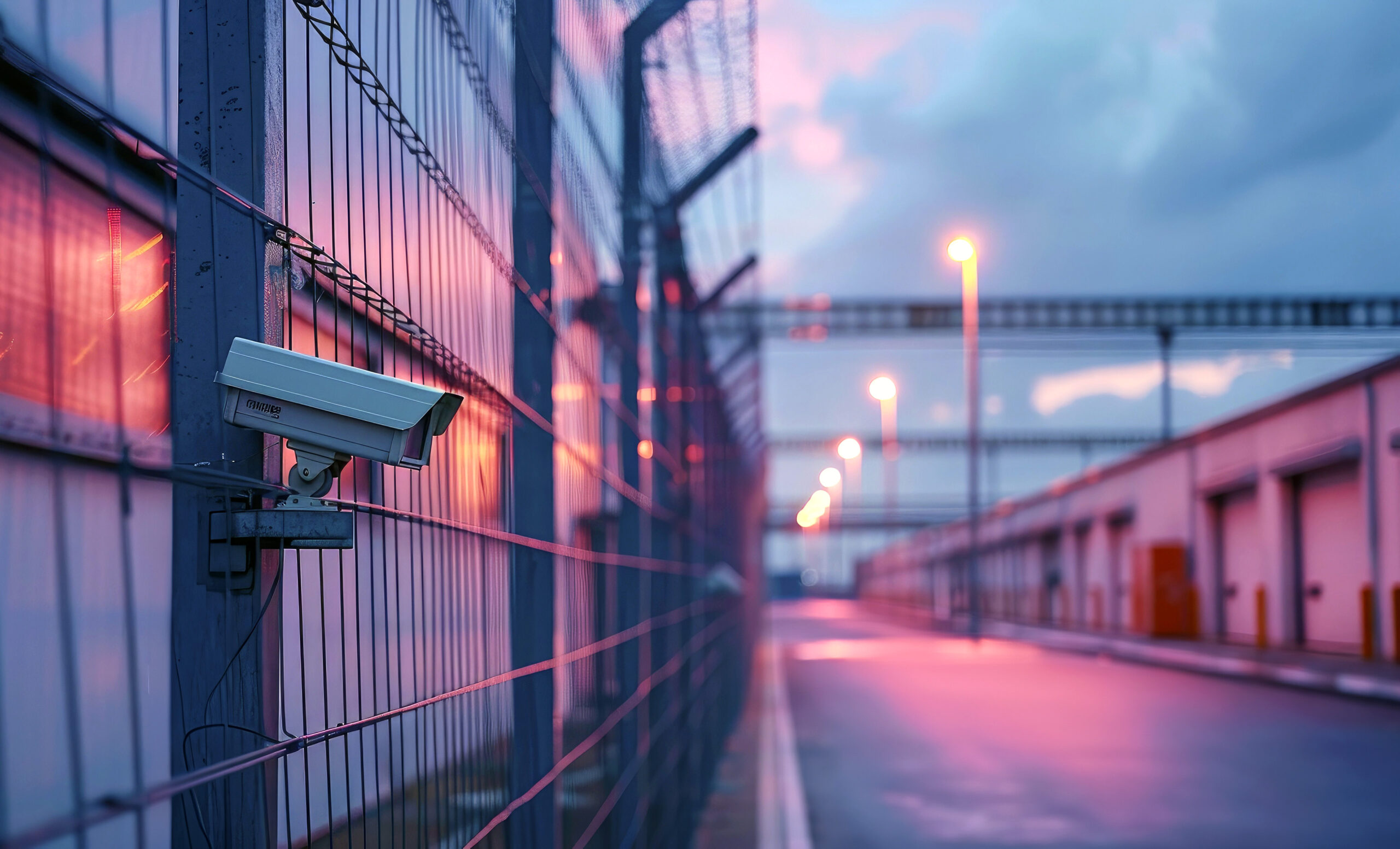Securing a facility that is essential to the public good has never been more important. Energy production and distribution sites, agricultural plants, manufacturing and logistics centers, and public safety facilities are all vital to our collective interests. Unfortunately, these sites are also regularly targeted by nefarious actors through vandalism, cyberattacks, and physical breaches. The threats are constant, and require diligent planning from both public and private entities who are responsible for securing these locations. They invest enormous sums of money to ensure that potential threats are instantly recognized and addressed, with the knowledge that failure to do so could have catastrophic consequences.
But protecting these locations is not simple. These sites can cover many acres over open terrain, in industrial parks that pose their own unique sets of challenges, and anything in between. Surveillance and remote monitoring become difficult where connectivity is unreliable and human resources are scarce. In these situations, where consistent, quality connectivity is absolutely essential, private cellular technology offers the most reliable, cost-effective, and resilient networking option to properly support the tools that are necessary for an effective perimeter security solution.
Real-time video considerations
Modern perimeter security systems leverage advanced video surveillance systems that utilize 4K and thermal cameras to monitor remote locations that could be up to a mile from the nearest network access point. A reliable private cellular network can transmit data to and from access points that can be a mile and a half away, and even further, if conditions are right. As a comparison, Wi-Fi can usually transmit to access points no farther than 800 feet away. Anything further than that will require the customer to invest in repeaters and other expensive infrastructure to ensure that a viable signal is received at the access point.
Private cellular is also better suited for delivering quality video. Sophisticated cameras transmit data-heavy images that can push the limits of legacy networks. For example, a typical 4K camera needs about 5-10 Mbps of network capacity to stream high-resolution video. Using an LTE connection, a proven private cellular platform can provide anywhere from 12-25 Mbps upstream, depending on the network configuration. This allows the system to comfortably support two-to-three high-definition cameras per access point, resulting in a very efficient use of hardware and bandwidth.
There is also an economic benefit for using private cellular. The technology is far more cost-effective compared to Wi-Fi. It would take between 10 and 20 Wi-Fi access points to cover the same ground as a private cellular access point. This is a significant cost savings when securing large facilities like power plants, water treatment sites, and food production facilities. The savings become even more apparent when factoring in the need to bring cable backhaul connections out to each access point, and even more so to those located in remote locations. And with some private cellular offerings, employing a cellular mesh architecture can eliminate cabling to remote locales entirely and enable network deployments in as little as one hour.
Resiliency and redundancy
Networks that provide robust resiliency and redundancy to customers are also critical. A private cellular platform that offers an ‘Active-Active’ High Availability option is ideal for perimeter security needs. This configuration enables two edge servers to be deployed that operate in a load-sharing mode. If one of the servers has a major issue or loses its connection, the other edge server immediately takes control of all connections, supporting the system without any issues. This feature gives customers confidence that their surveillance and monitoring solutions will remain active in the event of any network disruption.
Protecting sensitive data
Private cellular platforms that offer end-to-end encryption are considered far more robust than Wi-Fi networks, which are regarded to be more susceptible to cyber-attacks and data breaches. A private cellular platform should continuously authenticate every device on the network, which will mitigate most attack vectors and limit access to network-based resources, even if a compromised device were able to join the network. In addition, security-aware organizations should work with a provider that is SOC 2 compliant, which verifies that the network provider adheres to the most advanced industry standards for data security.
Conclusion
Securing a geographic perimeter demands sophisticated, secure, and resilient network connectivity to protect mission-critical facilities. Organizations responsible for securing these sites should consider a private cellular infrastructure for these deployments. The ample bandwidth, robust security, and automated network failover options are perfect for cost effectively supporting next generation high-definition video and other surveillance applications that are relied upon by security-conscious organizations.
To learn more, join the upcoming webinar Advanced Perimeter Security: Private Cellular, Native Edge & AI.

